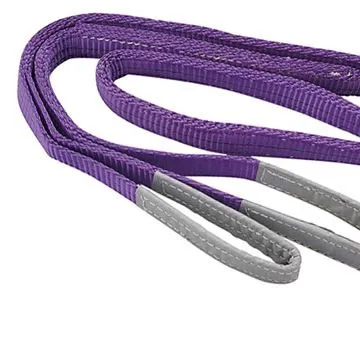Dec . 11, 2024 11:07 Back to list
fiberglass ceiling grid
The Versatility and Benefits of Fiberglass Ceiling Grids
In modern architectural design and construction, the choice of materials can significantly influence both functionality and aesthetics. Among these, fiberglass ceiling grids have emerged as a popular choice for various applications. This article explores the features, benefits, and applications of fiberglass ceiling grids, illustrating why they are an excellent option for both commercial and residential spaces.
What is Fiberglass Ceiling Grid?
Fiberglass ceiling grids are structural frameworks made from reinforced plastic composites, primarily fiberglass. They are designed to hold ceiling tiles in place, providing a support system for acoustic, decorative, or functional ceiling panels. These grids are available in various styles, sizes, and configurations, making them versatile enough to fit different architectural needs.
Benefits of Fiberglass Ceiling Grids
1. Lightweight and Easy to Install One of the standout features of fiberglass ceiling grids is their lightweight nature. This property makes installation relatively simple, reducing labor costs and time compared to heavier materials. Installers can handle and manipulate fiberglass grids with ease, allowing for quicker project turnaround times.
2. Corrosion Resistance Fiberglass does not corrode like metal, making it an ideal choice for environments prone to moisture, chemicals, or saltwater exposure. This makes fiberglass ceiling grids especially beneficial in industrial settings, coastal buildings, or areas prone to humidity, where other materials might degrade.
3. Acoustic Performance Effective sound management is crucial in many environments, particularly in offices, schools, and healthcare facilities. Fiberglass ceiling grids effectively support acoustic tiles that help absorb sound, reducing noise levels and enhancing comfort and productivity for occupants.
4. Fire Resistance Many fiberglass ceiling grids are manufactured with fire-resistant properties, ensuring compliance with safety regulations in various sectors. This characteristic provides an additional layer of protection for buildings, helping to contain fires and minimize damage.
5. Aesthetic Appeal Fiberglass ceiling grids are available in various designs, colors, and finishes, allowing architects and designers to create visually appealing spaces. Whether aiming for a sleek, modern look or a more traditional aesthetic, fiberglass grids can accommodate diverse styles, ensuring that design integrity remains intact.
fiberglass ceiling grid

6. Low Maintenance Unlike wood or metal options that may require regular upkeep, fiberglass ceiling grids are relatively low maintenance. They resist staining and can be cleaned easily with a damp cloth, making them a practical choice for high-traffic areas.
7. Sustainability With increasing attention to sustainable building practices, fiberglass ceiling grids can be an environmentally friendly choice. Many manufacturers use recycled materials in their production processes, and fiberglass is fully recyclable at the end of its lifespan.
Applications of Fiberglass Ceiling Grids
Fiberglass ceiling grids are versatile and find applications across various sectors
- Commercial Buildings In office spaces, retail environments, and hotels, these grids support aesthetic ceilings while offering excellent sound insulation. Their resistance to humidity also makes them suitable for restrooms and kitchens.
- Industrial Facilities Factories, warehouses, and manufacturing plants benefit from the durability and corrosion resistance of fiberglass grids, ensuring longevity in challenging environments.
- Healthcare Facilities Hospitals and clinics utilize fiberglass ceiling grids due to their hygiene, fire resistance, and acoustic qualities, creating safe and comfortable spaces for patients and staff.
- Educational Institutions Schools and universities often implement fiberglass ceilings in classrooms, auditoriums, and libraries to foster a conducive learning environment, minimizing distractions while optimizing comfort.
Conclusion
In conclusion, fiberglass ceiling grids represent a blend of functionality, aesthetic appeal, and durability. Their unique properties make them suitable for various environments—commercial, industrial, and residential. As architects and builders continue to seek innovative and sustainable materials, fiberglass ceiling grids are poised to remain a top choice for contemporary construction projects. With a myriad of benefits, it is clear why more professionals are opting for fiberglass grids in the design and renovation of modern spaces.
-
Durable Ceiling T Grid Systems | Easy InstallationNewsAug.29,2025
-
PVC Gypsum Ceiling: Durable, Laminated Tiles for Modern SpacesNewsAug.28,2025
-
Pvc Gypsum Ceiling Is DurableNewsAug.21,2025
-
Mineral Fiber Board Is DurableNewsAug.21,2025
-
Ceiling Tile Clip Reusable DesignNewsAug.21,2025
-
Ceiling T Grid Modular DesignNewsAug.21,2025







